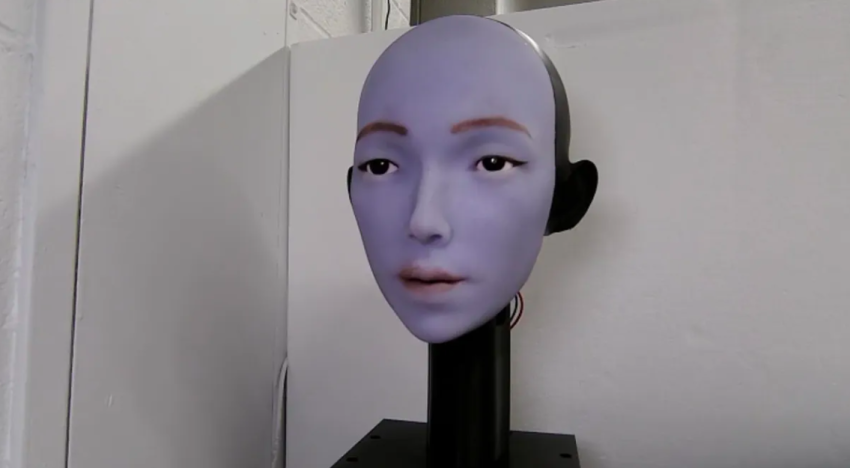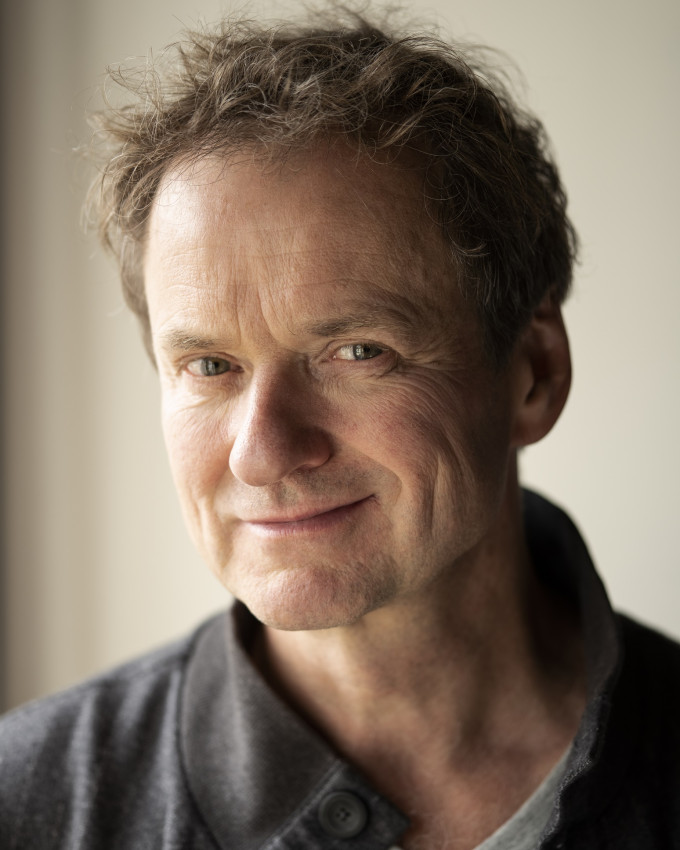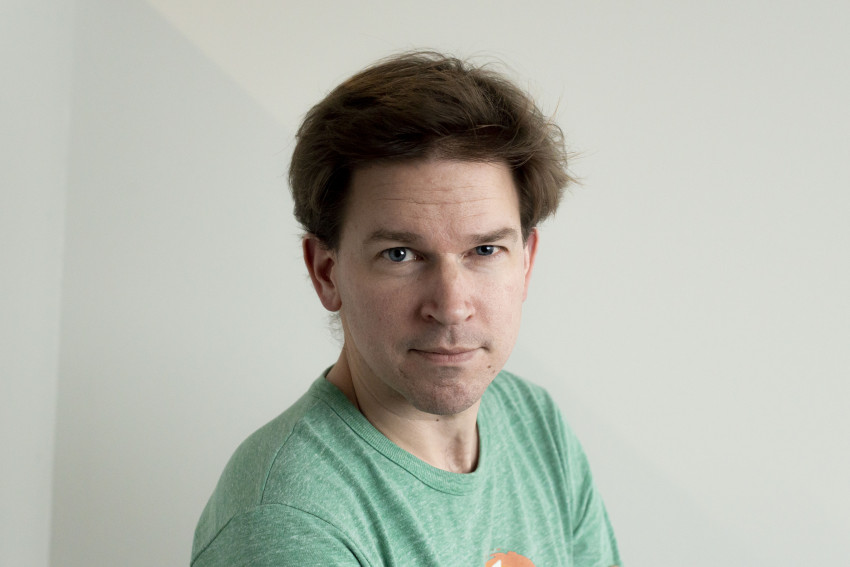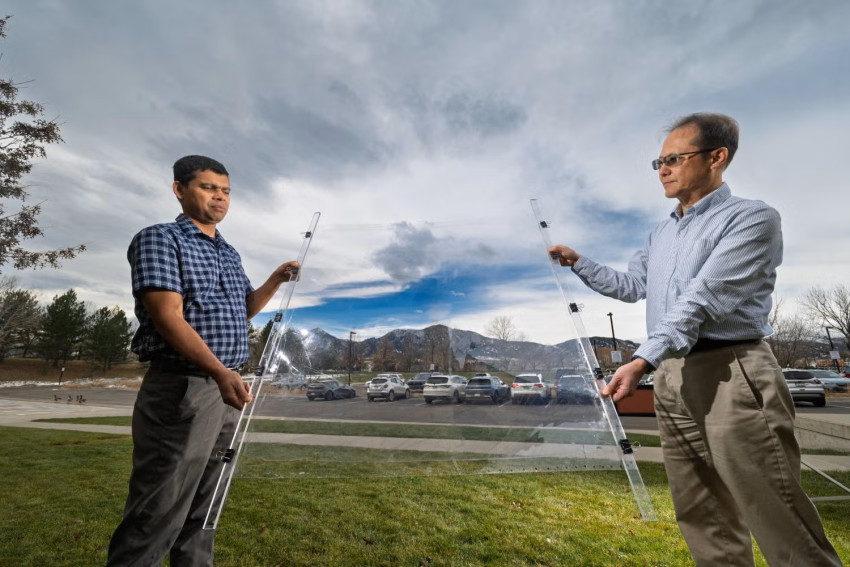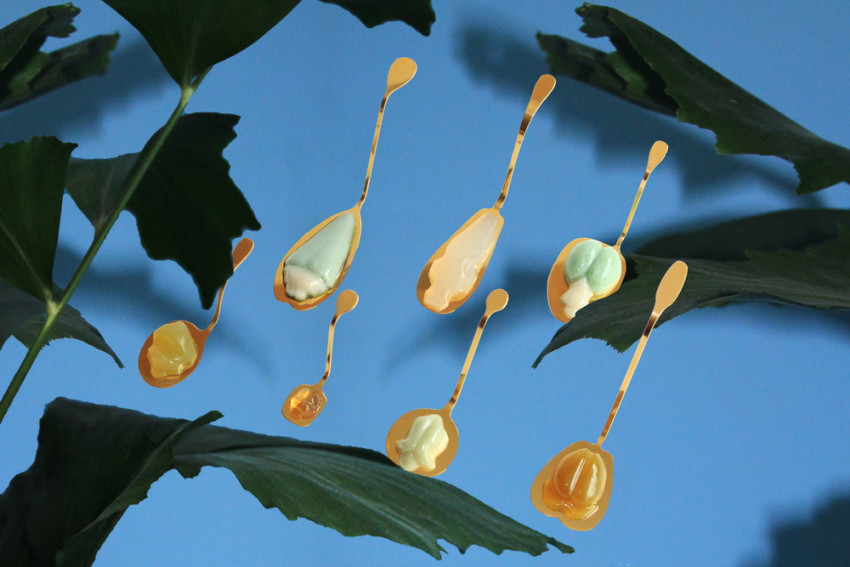
Exhibition of Dutch circular design in San Francisco
Featuring a handbag made from a cow's stomach and leather from palm leaves, 40 Dutch designers are presenting their contribution to the circular economy in San Francisco next week.
The exhibition is part of the Global Climate Action Summit from 12 to 14 September, following on from the large climate conference in Paris in 2015. The Dutch designers wish to prove that they can develop products that are both useful and beautiful, and user-oriented while also being sustainably produced. They make minimum use of new materials, with residual materials and leftovers of each product being suitable for reuse. Their products are also long-lasting, or purposely not, and themselves serve as a new raw material after use.
The exhibition, which can be seen in the Westfield shopping centre in San Francisco, is called Clean Revolution: Dutch Design for a Better World, and has been financed by the local Dutch Consulate, KLM and the Westfield Shopping Centre itself. The exhibition was curated by Yksi Connect. Here's a selection of the exhibits:
Venti – Billie van Katwijk
![]()
Cow stomachs are usually thrown out or – at best – processed into dog food. Billie van Katwijk studied the richness of textures and specific properties in each of the four parts of a cow’s stomach and developed a process for turning bovine gut into a material that can be used to make bags and accessories. Through a labor-intensive tanning process, she arrived at a leather collection with a unique aesthetic. Ventri reveals how slaughterhouse remnants can become luxurious design.
Palmleather – Tjeerd Veenhoven
![]()
Dip the dry and brittle leaves from areca palm trees into a biological softening solution and let them sit there for a few days. They turn into a permanently soft and flexible material with great aesthetic quality that can be processed on conventional machines. Tjeerd Veenhoven, the designer who developed this process, calls it palmleather because it’s a plant-based, sustainable alternative for animal leather, plastic, and rubber. In the southern part of India, an estimated 80 million areca palm trees grow naturally and in plantations, parks, and reserves. Local workplaces create palmleather products, such as book covers and bags.
Ser-Vies – Iris Kievith en Annemarie Piscaer
![]()
Breakfast plates and coffee cups are a part of everyday life. Iris de Kievith and Annemarie Piscaer, therefore, collected fine dust in the city of Rotterdam and used it to make enamel for ceramics. The color of the particulate matter makes the poor air quality visible and tangible. Ser-Vies is tableware that raises awareness of air pollution. The name is also a play on words. In Dutch, “servies” means tableware while “vies” means dirty.
Insectology – Matilde Boelhouwer
![]()
Population growth continues apace, while food and other resources are becoming ever more scarce. To find solutions to these major problems, we must look at them from different perspectives. Insects, for example, can play a crucial role in feeding the growing human population. However, to facilitate a broader acceptance of these creatures, Western cultures need to change their perspectives. Matilde Boelhouwer tries to realize this both in terms of food and in terms of aestheticization of the insect world.
Gumshoe – Explicit wear
![]()
Every year, 1.5 million kilograms of chewing gum land on the street in Amsterdam. Publicis One, an Amsterdam marketing and advertising agency, and fashion brand Explicit Wear came up with a trendy sneaker with a top of leather and a sole of recycled gum. Based on the GumTec method from an English company, they come in pink and in the Amsterdam colors black and red, with the city map on the sole. This creative and positive approach offers plenty of opportunities for a campaign with trays on schoolyards and stations. Putting more chewing gum in there also means more sneakers. And the concept can easily be transplanted to other cities.
T-slagerij – Bron van Doen en Victoria Ledig
![]()
A collection of ropes and other products made from old t-shirts. Created in cooperation with textile designer Victoria Ledig and communities in Eindhoven that recycle clothing. Plus a workshop on how to make those products yourself. Bron van Doen, a multidisciplinary co-design studio, develops projects that embody social, cultural, and economic values, and creates new and unexpected collaborations between people. The t-shirt project also aims to inspire consumers as well as the textile industry to create quality materials and products from textile waste, using accessible and scalable techniques and designs that open up the possibility for a wide range of applications.
ForzGlaze – Studio Mixtura & Renewi Mineralz
![]()
The ashes that remain after waste incineration contain useful minerals. Mineralz, which is part of Renewi, processes these minerals into the material Forz. Studio Mixtura did experiments with these minerals and developed a way to use them as a basis for glaze. ForzGlaze can be applied to various materials, such as stoneware, porcelain, and other kiln-fired ceramics. It has excellent water and chemical resistance and meets all environmental criteria with regard to the production and use of glaze.
Fish leather = NYVIDD & Nienke Hoogvliet
![]()
Nienke Hoogvliet collected waste from fish shops and found a way to tan fish skins without chemicals. Using an old technique that requires a lot of manual labor, she created a strong, sustainable, and beautiful material that can be used like leather. She designed a small stool to show the possibilities of fish leather. With this project she also likes to raise awareness for the waste issues we have with the oceans. With examples of fish skin, beautiful in texture and surprisingly strong, NYVIDD is looking for cooperation with designers and industry to explore and develop possible applications of this natural product.
Manureality – Martijn Straatman
![]()
After researching traditional construction techniques, Martijn Straatman set about creating a manure-based material with similar properties to chipboard or MDF, but with an ecological mindset for the future. It is made up of 80 percent manure, chalk, water, and biodegradable glue that are mixed and thereafter pressed into a mold for drying. The research is an example of what is possible and meant to inspire the industry at large.
Rezign – Design Studio Planq
![]()
In the Amsterdam head office of fashion brand Tommy Hilfiger, you can find chairs partly made of their own overstock jeans. This furniture was designed by Studio Planq, founded by twins Anton and Dennis Teeuw together with Joris Kortenhorst. Through this project, the company was also inspired to start commercial upcycle projects with their waste. Planq also offers furniture under the Rezign label, made from overstock textiles and natural fibers combined with biodegradable plastics. And tables made from gym floors. Upcycling and creating awareness go hand in hand. Closing the loop is the motive of Planq.
Minestone – Paul Koenen
![]()
Paul Koenen, visual artist and photographer, grew up next to a heap of burned mining stone in the south of the Netherlands. Fifty years after the coal mines closes, he developed the idea to use mining stone granulate as material for public benches. In this way, memories are captured and material is loaded with a story. He is working on “The Memory of Maastricht,” a project to create benches from the rubble of demolished buildings and bridges with the understanding that all objects can be linked to a database of lost heritage.
Compoleather – Julie van den Boorn
![]()
Leather has a luxurious look, smell, and feel. Yet, at a certain point leather shoes, jackets, and couches are worn out and end up in the incinerator. Seeking a way to prolong the lifecycle of this valuable natural material, Julie van den Boom developed CompoLeather. Used leather goods are shredded and mixed with water. When pressed into molds, the pulp sticks together without the need for an extra binding agent and becomes a new material that is 100 percent natural and still has the unmistakable smell of the original.
MycoTex – Aniela Hoitink/Neffa
![]()
Neffa has created a new fabric, MycoTEX, out of mycelium, or the roots of mushrooms. Using a body-based modelling process, the company produces garments of this new textile that perfectly fit your body without the need to cut and sew. No chemicals or pesticides are needed, and water use is cut by 99.5 percent compared to the current ways of producing textile. Transport is also reduced sharply. Neffa can grow only what it needs and has no material leftover. And after wearing, you can simply bury your garment in the ground, and it will decompose.
Metamorphism – Shahar Livne
![]()
Imagine that plastic production ceases in the future because we realize that petroleum-based products damage our planet. As a result, the discarded waste from the present era could be seen as a rare and natural resource, something to be mined from deep underground. Shahar Livne dug up waste plastic from beaches in the Netherlands and Israel, and layered it with minestone and marble dust, by-products from the coal mining and stone masonry industries. With heat and pressure, she mimicked the geological process known as metamorphism, which changes the form and texture of rock. She calls the result Lithoplast, and created sculptural objects with it.
PineSkins – Sarmite Polakova
![]()
Pine trees are the most abundant tree in the northern hemisphere. Usually, they are valued only for their inexpensive timber. But carefully harvested and processed, the leather-like bark surprises in its softness, contrary to the thick and harsh character associated with the tree itself. PineSkin can be used for products with a lifespan of a few years. The adjustment of the function to the lifespan challenges the collective consumption habits of today, namely us hoping for long-lasting products although we are fully aware of the short lifecycles. In that way the bark becomes a link between trees as living organisms and wood as the end product.
Fryske sweater – Loop a Life/It Erfskip
![]()
Friesland is a province in the northern part of the Netherlands that has its own language, West Frisian. The Fryske sweater, made from old wool sweaters and local flax, reflects the Frisian culture and tradition. The design is inspired by lines from the Frisian costume and the Frisian landscape. This product also stimulates biodiversity through the demand for flax as crop rotation and increases local employment. The project is set up by Loop a Life and It Erfskip, two organisations specialized in circular textiles and fashion, design and craft, in cooperation with recycling company Omrin, Rabobank, Salvation Army, and the Municipality of Leeuwarden.
Ambio - Teresa van Dongen
![]()
Ocean waves glowing blue in the dark of night. It’s a phenomenon that is caused by bioluminescent microorganisms in seawater. They emit light when provided with oxygen every time a wave turns. This principle inspired Teresa van Dongen to combine her passion for design and biology in a bioluminescent light installation. Ambio balances two weights and a glass tube half-filled with artificial seawater containing a unique species of bioluminescent bacteria that were obtained from the skin of an octopus. Give the lamp a gentle push every so often, and the weights will keep it moving and glowing.
If you found this article interesting, subscribe for free to our weekly newsletter!

